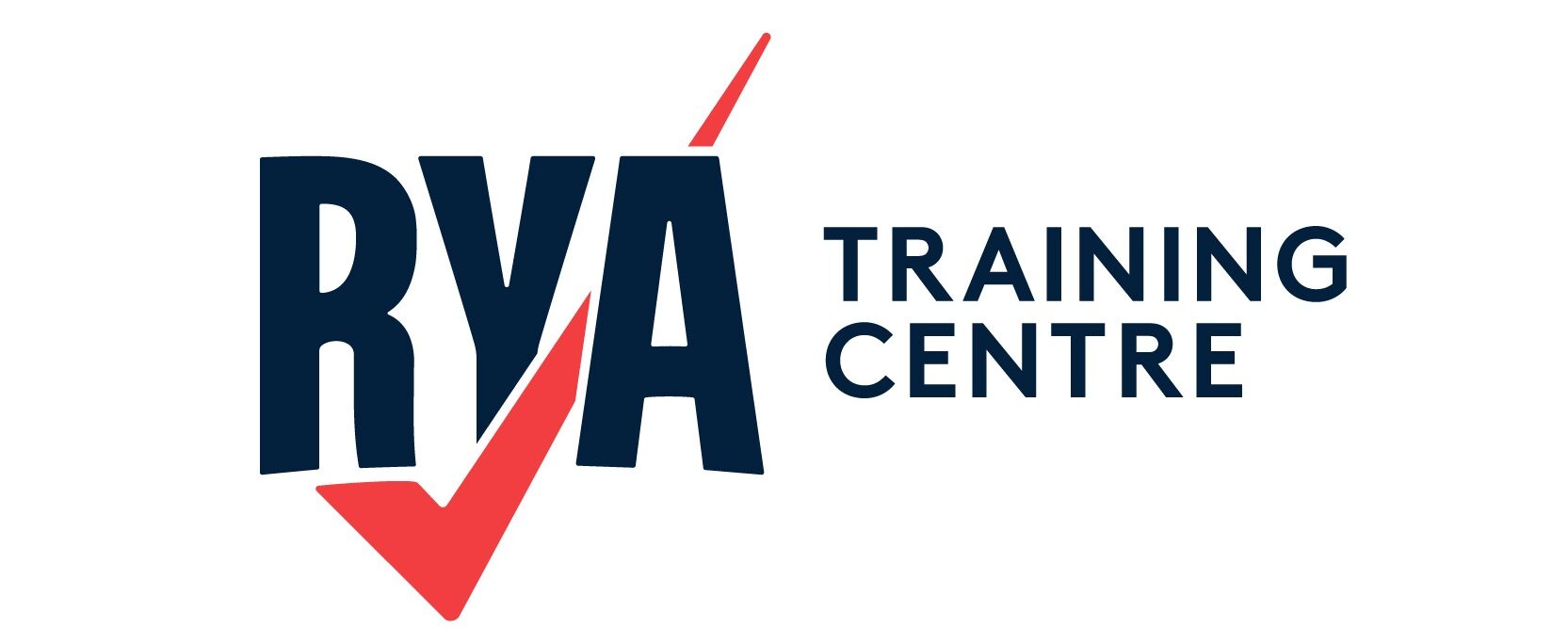Tender Safety Considerations
 Boaters often use a tender for short passages between the yacht and shore. Tenders are generally used as a necessary mode of transport to get from A to B, although sometimes they may be used for longer passages – to a nearby beach or point of interest for example. Nipping ashore quickly in the tender can become an everyday routine that we don’t often spare thought to in regards to safety. Here we look at tender safety considerations that are easy to implement and adhere to.
Boaters often use a tender for short passages between the yacht and shore. Tenders are generally used as a necessary mode of transport to get from A to B, although sometimes they may be used for longer passages – to a nearby beach or point of interest for example. Nipping ashore quickly in the tender can become an everyday routine that we don’t often spare thought to in regards to safety. Here we look at tender safety considerations that are easy to implement and adhere to.
Killcords save lives!
Killcords are one of the most essential items on your tender. They are a very simple idea but they save lives through tender safety. If you do one thing from this list then make it this! For newbies – “A kill cord is coiled in its design to allow the driver the natural movement required when helming a boat. Should the driver move away from, or be thrown from, the helm position the kill cord will detach from the console and the engine will stop. Detaching the kill cord also allows a crew or passenger to stop the engine if the driver were to become incapacitated whilst at the helm – e.g. they fainted.” – www.rya.org.uk
Lifejackets are a must!
Second most important item on this list is to wear a lifejacket. Many might think that a lifejacket is too encumbering when jumping on the tender to go ashore. There’s also the thought of where to store it safely too. However, many of us have experienced the ungraceful (sometimes almost impossible) climb from the water into a tender (hopefully an inflatable not rigid!) and it has left a mark on us to always wear our lifejackets, even on the shortest trip.
Fuel us up!
Taking a spare jerrycan of fuel might just save your bacon one day. If it’s a long trip against wind or tide then you will be thankful to have the spare. Nobody enjoys the exhaustion of rowing back.
Torch light is better than star light!
Having a torch will enable you to complete all the tasks you normally complete so easily during daylight hours. It can also be used as an emergency navigation light to warn others of your presence and help you see them too.
Speak up and be heard!
A portable VHF marine radio or waterproofed cell phone may turn out to be your lifesaver if you’ve fallen overboard, had an engine failure and are dangerously drifting, or simply can’t find your boat in a busy anchorage.
Row row row your boat!
Oars are essential to every tender. Your outboard will probably decide to stop working mid-passage one day and you will be left literally “up the creek without a paddle”.
Wear your lifejacket not a heavy bag!
Boaters should wear something that makes them float (lifejacket) rather than sink (heavy backpack) on a passage between shore and yacht. Yo never know what might happen, even in a short distance.
Bottoms up (not down!)
If you want to end up with a damp bottom and unhappy passengers then load up the tender until there is only 10cm of freeboard showing. For happy campers, simply make two trips – easier, faster and a more comfortable way to get to cocktail hour.
How to make friends and keep them…
Have a quick check around you before starting the outboard. You don’t want to accidentally knock someone overboard with your vigorous arm pull!
How long is a piece of string?
Seasoned sailors will know that having a long painter attached to your tender makes tying up to a busy dinghy dock much easier. Simply let your tender float out and away from the crowd and pull it in when you need to board. You’ll avoid people clambering over it and possibly breaking something.
Don’t feel under pressure!
Make sure your tender has it’s tubing pumped to the optimum pressure and working efficiently in the water. You can do this when you first load the tender into the water and keep the pump on board the yacht to save space.
Don’t get caught out without a lanyard!
If you need to transfer the outboard from the tender to boat for storage, it’s a great idea to have a lanyard attached to the engine and to secure or ask for someone to hold the other end. If the outboard is accidentally dropped then at least it won’t sink and become lost/unusable.
Tighten the clamp
When you have secured the outboard to the yacht, periodically check the clamps to make sure they stay tight and secure during the passage. Sometimes the vibrations from the yacht can loosen them and cause the outboard to become an EOB (engine over board!).

